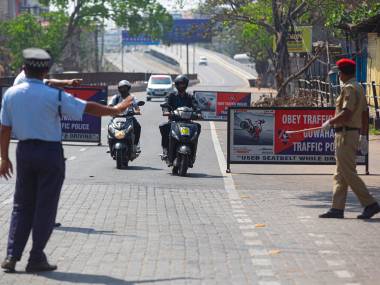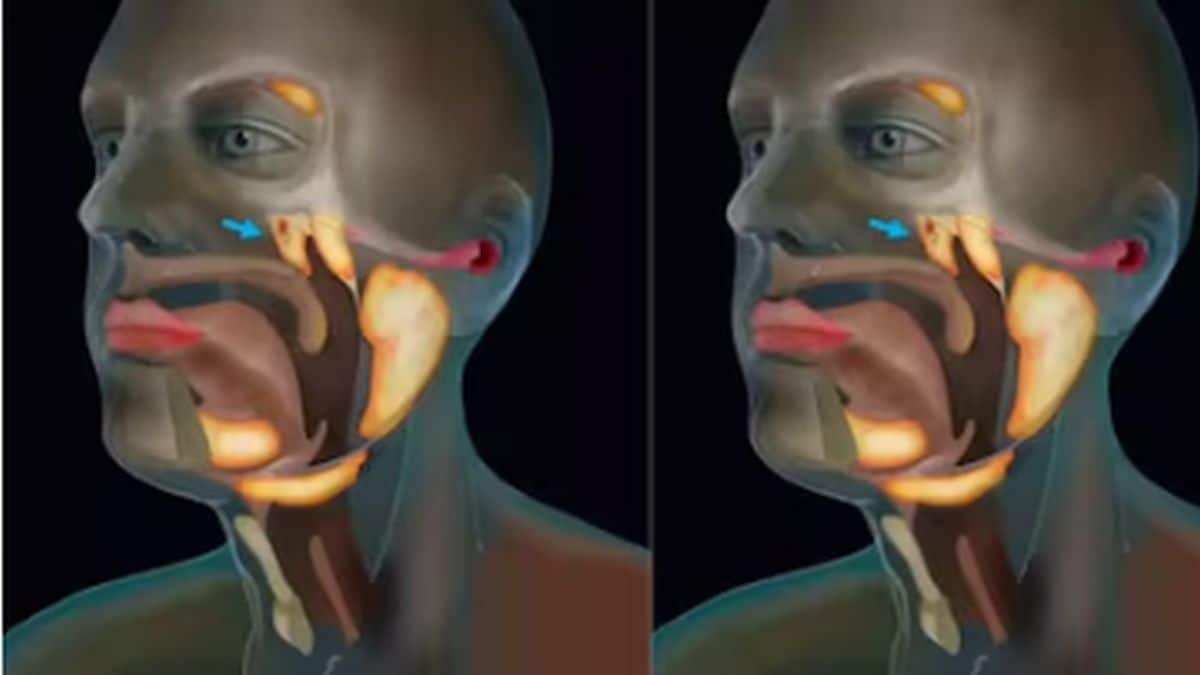Weeks into the lockdown in Guwahati and Dhiren (35) is still cycling all across Mirza and Dharapur to sell essential green vegetables to multiple households. Kalita’s greens are in high demand since the onset of the quarantine, and the locals also believe these are immunity boosters required to fight the virus. So far, of 38 coronavirus positive cases, 19 have recovered and one has succumbed, as per the recent figures in the state. Just like Dhiren, Bitul (40) — the village vagrant from Selenghat, Jorhat who spends his night at Selenghat or Mariani stations — is not seen very often these days. Households that gave alms to him earlier, chase him off now. Meanwhile, a mini-grocer Kopil (30) in Boko explains that there are also a few local cops consuming sikhar and gossiping with the men sitting on the fence in the absence of anything “useful to do” in the lockdown. Sights of small town (on and off) fencing and
rural fencing have become interesting in the context of the coronavirus. They are still in operation as a native practice of social distancing and containment, though in many areas these barricades have also been broken down, some by the cops themselves, some by vehicles of essential supplies and others upon the orders of the District Magistrate. These ‘No-Entry’ gates have grown in numbers following the detection of the first positive COVID-19 case of a
Tabligi Jamaat attendee, which led to further stricter measures of isolation in the state. Undoubtedly, the rural areas are the most vulnerable to the virus due to poor hygiene measures — but the susceptibility to media rumours, fake news and WhatsApp forwards transcends rural zones. [caption id=“attachment_8241411” align=“alignleft” width=“380”] Representational image. AP[/caption] In Karbi Anglong, the villagers have cooperated so far with the police and these fences have enabled them to maintain a coronavirus-free zone. While the reasons mostly remain medical, fear and panic has crippled most. For instance, in Dima Hasao, Haflong, fences are stationed at entry and exit points of villages in order to keep a record of human transit. There are a few traders who have the permission to bring in supplies from outside the district. Small-time village farmers from other parts of the district have not been allowed to sell inside the town, as yet. In parts of Lower Assam like Darrang, the role of the police cannot be underestimated. But taken to an extreme, these barricades also prevent entry of emergency services like fire brigade or ambulances and they have to be broken. Fenced territories enclose us in a discourse of management, rights, sociability and political economy that compel us to operate within one circulatory social system. These fences become markers of demarcations between the sick and the healthy, the insider and the outside, the familiar and the stranger, the symptomatic and the asymptomatic. We can say that the present pandemic ‘kinopolitics’ — drawing from Thomas Nail’s
Theory of the Borders (2016) — give rise to at least three sets of subjects. One, those who think they are staunch guardians of their protected homelands and can go against any actions which restricts them to do so. Two, the responsible law-abiding inmates (in a Foucauldian sense) who are little or not at all influenced by the former, but conforms to all the rules of state administration. There is also a subset of this kind, like the gossip-mongering men who are just bored ‘guarding’ the fences and need some lockdown entertainment. Third, the homeless migrants, the squatters and the refugees who ‘press’ to break these fences at all times. In the face of a looming economic collapse, rural India surely seems to have an upper hand over its industrialised cities and towns of middle classes. For the time being, granaries in rural Assam seem to do just fine. While short-term urgency measures like the fences built by the second kind of kinopolitical subject may seem needful, those erected by the first kind are deplorable. Especially, when the fear/presence/absence of the ‘stranger’ has a contested history of bloodbath and turmoil in the state. The abandoned subject of the NRC process, for example, which concluded last year, is already relegated to detention camps and foreign tribunals. This brings us to the term ‘unpluggers’, used by
Ivan Illich who wrote: “They will all be removed, not so much because of the damage they do to the owner of the site, or because they threaten the health or peace of their neighbours, but because of the challenge to the social axiom that defines a citizen as a unit in need of a standard garage.” From prehistory till date, borders have functioned as essential markers of social division. Fences have been one of the dominant border regimes of early human societies, since the Neolithic age to be precise. “The first man who, having enclosed a piece of ground, bethought himself of saying This is mine, and found people simple enough to believe him …,” wrote
Rousseau in Discourses on the Origins of Inequality (1754). The community palisade may thus be the first social architecture that divided community territory from one another. Though societies have come a long way from there, we have seen the virus become a global excuse to resurrect older tropes of fear and hatred against a particular community, race, caste, religion or gender. We need the media and other stakeholders to responsibly tread the ground of barricades so that the hatred for the virus doesn’t evolve into permanent hatred for the one carrying it. Like the Mexican intellectual
Gustavo Esteva said, “Let us not allow fear to become panic. We should maintain cool heads and warm hearts as never before.” Esteva’s words are pertinent today because many have forgotten to care and build solidarity during crises. People like Bitul, Dhiren and Kopil are left wondering if the lockdown will bring a new social order of exclusion and whether they will survive the devastating coronavirus recession thereafter. We are left with no easy answers. Rini Barman is an independent writer and researcher based in Assam. She tweets
@barman_rini Rintu Borah is a PhD candidate of Philosophy at IIT-Bombay
Sights of small town (on and off) fencing and rural fencing have become interesting in the context of the coronavirus
Advertisement
End of Article


)

)
)
)
)
)
)
)
)



